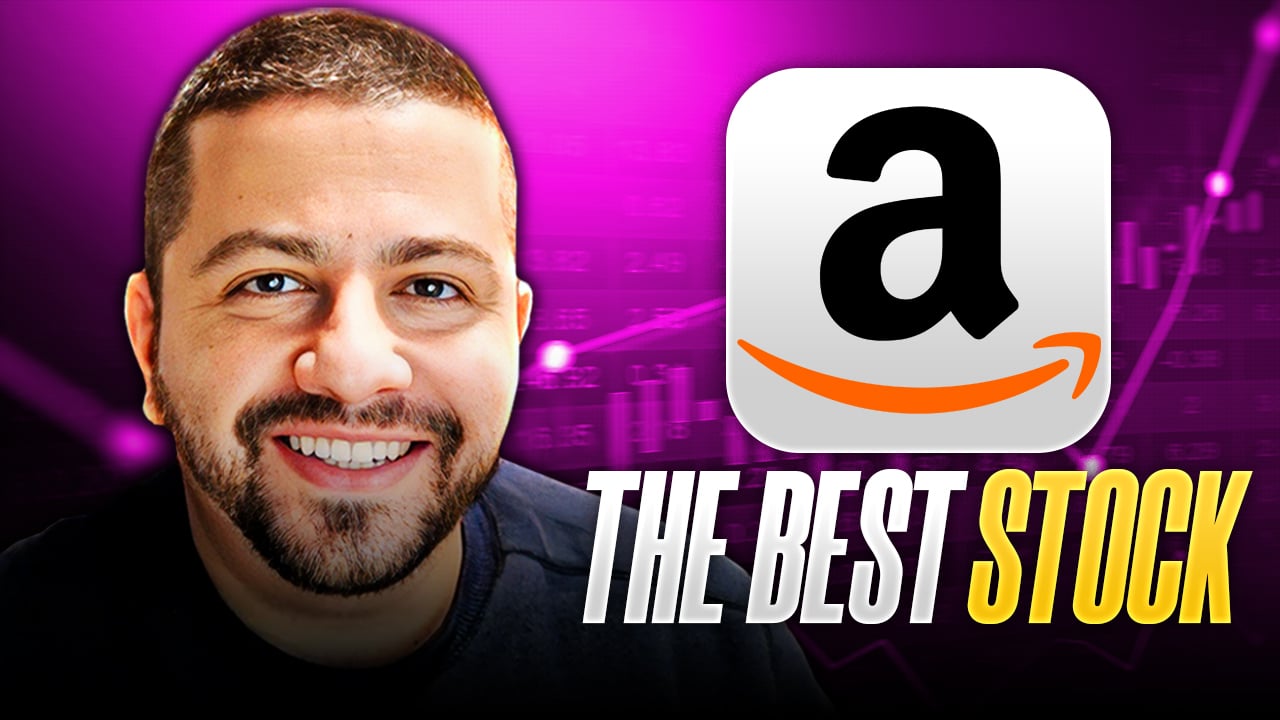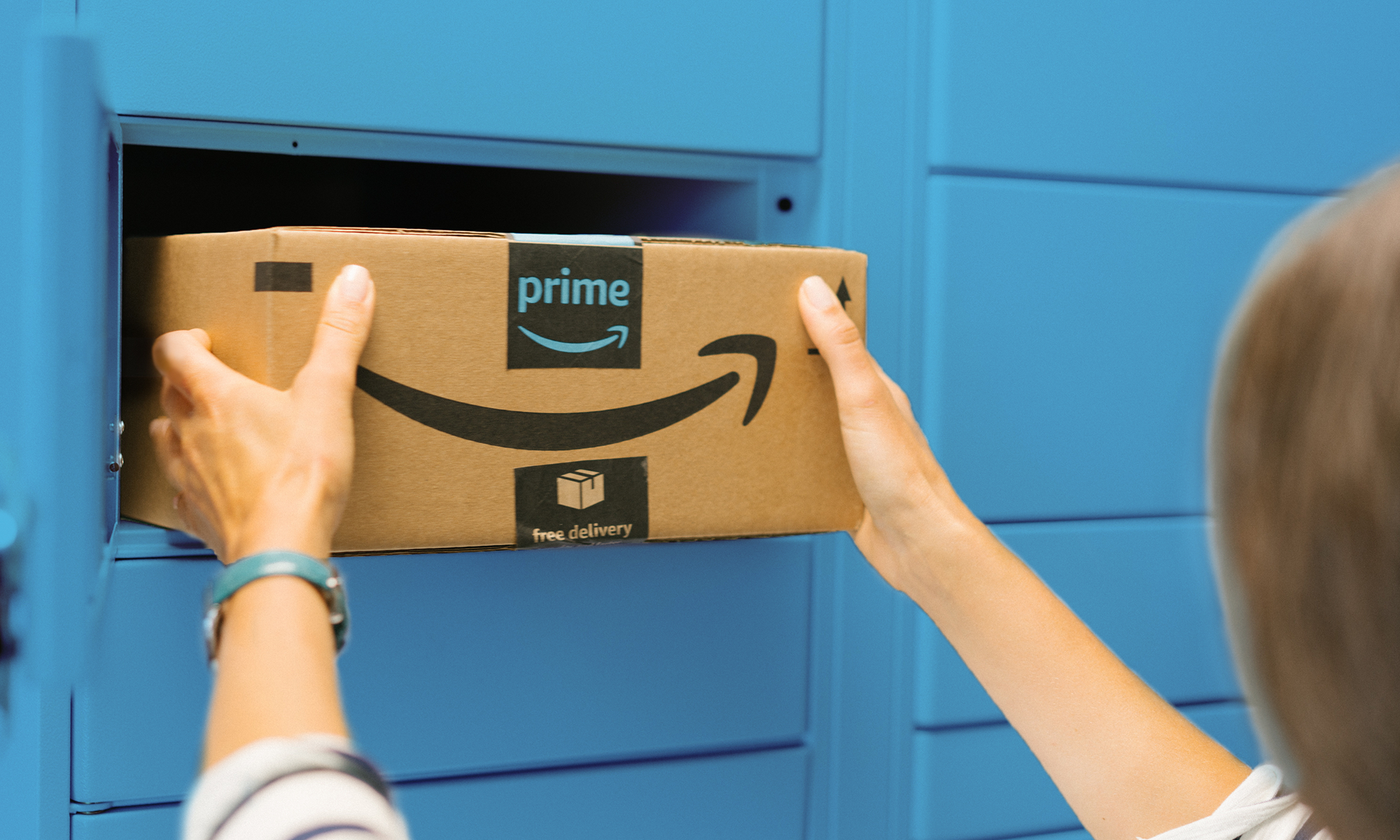Competing directly with Apple's (AAPL +0.04%) iPad has always been an uphill proposition. That's why the most successful tablet rivals to date have been ones that target lower price points, most notably Amazon.com's (AMZN 1.80%) Kindle Fire, which was launched in 2011 for $199. The e-tail giant's Kindle Fire HD family followed suit late last year, along with the addition of an 8.9-inch model with a starting price of $299.
But it seems that model may not have sold particularly well over the busy holiday shopping season.
Taking turns
Amazon is now offering a promotional discount on the 8.9-inch Kindle Fire HD, presumably to help clear out some inventory that it may have left over with holiday shopping now in the rearview mirror. The offer is good through Feb. 8 and buyers can get $30 off the standard Wi-Fi only model and $50 off the 4G LTE model.
When Amazon reported earnings last week, it simply said that the Kindle Fire HD was the top-selling item, characteristically omitting any precise unit data. There was no specific mention of the 8.9-inch Kindle Fire HD, though.
Since its launch, the 8.9-inch Kindle Fire HD has had peculiar positioning, so it's not entirely surprising that it's not selling well. Amazon and Apple target different display sizes and price points.
|
Device |
Display Size |
Entry-Level Price |
|---|---|---|
|
Kindle Fire HD |
7-inch |
$199 |
|
iPad Mini |
7.9-inch |
$329 |
|
8.9-inch Kindle Fire HD |
8.9-inch |
$299 ($269 with discount) |
|
iPad with Retina display |
9.7-inch |
$499 |
Sources: Amazon and Apple.
Even before the discount, the 8.9-inch Kindle Fire HD is priced lower than the iPad Mini. Apple's smaller tablet is off to a strong start with healthy uptake. The iPad maker was supply constrained on the device during the fourth quarter and expects to reach demand balance this quarter. That shows that consumers are indeed willing to pay a premium for the iPad Mini, even with its relatively lackluster display.
The smaller Kindle Fire HD does not feature 4G LTE connectivity, while one of the more interesting aspects of the 8.9-inch model's LTE is the significantly discounted data plan that it was able to finagle from AT&T. Both of Apple's devices offer cellular options.
|
Device |
Annual Data Cost (250 MB monthly allowance) |
Entry-Level Price |
|---|---|---|
|
iPad Mini with LTE |
$180 |
$459 |
|
8.9-inch Kindle Fire HD with LTE |
$50 |
$499 ($449 with discount) |
|
iPad with Retina display with LTE |
$180 |
$629 |
Sources: Amazon and Apple. Data pricing for Apple assumes plan is kept for 12 months.
Looking just at the numbers, you would think that the 8.9-inch Kindle Fire HD with LTE should be able to hold its own since it's notably cheaper than what Apple has to offer. One weakness is that the 250 MB monthly data allowance is the only option, which may not be sufficient for some road warriors.
Beating Big G
Lacking any official unit figures from Amazon, investors must rely on third-party estimates. Market researcher IDC estimated that Amazon shipped 6 million tablets in the fourth quarter to grab 11.5% of the market. That was up from the 4.7 million units that Amazon moved in Q4 2011. However, as the broader market grows quickly, both Apple and Amazon have seen market share declines.
IDC doesn't break down unit mix for each vendor, but I think it's safe to say that most of Amazon's unit shipments were the 7-inch model. The figures also suggest that the Kindle Fire HD is outselling Google's (GOOG 1.03%) Nexus 7 by nearly 2-to-1, as Asus shipped 3.1 million units. Most of those were likely the Nexus 7, since the OEM builds roughly 1 million per month.
That's somewhat surprising as the Nexus 7 sits at the same $199 price point and is a more fully featured tablet compared to the Kindle Fire HD. Additionally, the Nexus 7 has wider country availability and ships to eight countries compared to the Kindle Fire HD's six countries.
Both are worthy devices, and no other OEM can meaningfully compete at $199 since both are sold at or near cost. With the 8.9-inch Kindle Fire HD form factor wedged between both iPads, it looks like it's having a hard time, too.






